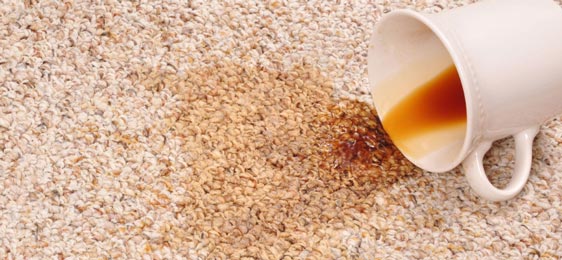Berber carpet tends to be a popular choice among homeowners for its relatively low cost, long wear life, and easy cleaning.
Most Berber carpeting that is found in homes these days is constructed from olefin fibers. Olefin is a fairly durable polypropylene fiber that is reasonably stain-resistant and helps to resist damage from moisture. Since it is not as tough as nylon or wool, olefin Berber should not be installed in areas of the home that tend to get a lot of wear and tear and use. On the other hand, this type of carpeting does quite well in places that get more moisture, or in a child’s bedroom or toy room.
